Polymers
Polymers Products
HDPE
Informations
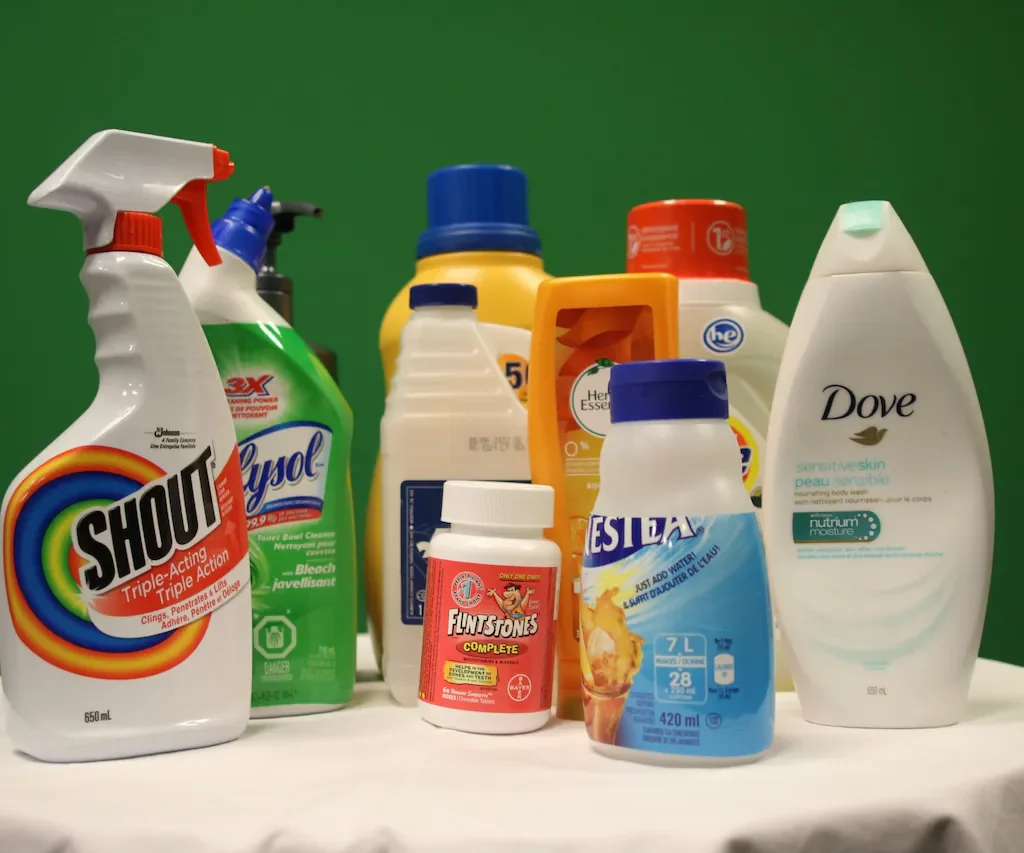
High-density polyethylene (HDPE) or polyethylene high-density (PEHD) is a thermoplastic polymer produced from the monomer ethylene. It is sometimes called “alkathene” or “polythene” when used for HDPE pipes. With a high strength-to-density ratio, HDPE is used in the production of plastic bottles, corrosion-resistant, piping, geomembranes and plastic lumber.
– HDPE has a wide variety of applications; for applications that fall within the properties of other polymers, the choice to use HDPE is usually economic.
– 3D printer filament, Arena board (puck board), Backpacking frames, Ballistic plates, Banners, Bottle caps, Boats Chemical containers, Chemical-resistant piping, Coax cable inner insulator, Conduit protector for electrical or communications cables, Corrosion protection for steel pipelines, Electrical and plumbing boxes, Far-IR lenses, Fireworks, Folding chairs and tables, Food storage containers, Fuel tanks for vehicles, Geomembrane for hydraulic applications (such as canals and bank reinforcements), Geothermal heat transfer piping systems, Heat-resistant firework mortars, Ionizing radiation shield, Laundry detergent jugs, Lasts for shoes, Microwave telescope windows, Milk jugs, Natural gas distribution pipe systems.
– Piping for fluid, slurry and gas purposes, Plastic bags, Plastic bottles suitable both for recycling or re-use, Plastic surgery (skeletal and facial reconstruction), Potable water mains, Root barrier, Shampoo bottles, Sewage mains, Snowboard rails and boxes, Stone paper, Storage sheds, Swimming pool installation, Trackout control mats, Telecom ducts Water pipes for domestic water supply and agricultural processes, Wood plastic composites (utilizing recycled polymers).
LDPE
Informations
Low-density polyethylene (LDPE) is a thermoplastic made from the monomer ethylene. It was the first grade of polyethylene, produced in 1933 by Imperial Chemical Industries (ICI) using a high pressure process via free radical polymerization. Its manufacture employs the same method today. Despite competition from more modern polymers, LDPE continues to be an important plastic grade.
Applications:
– LDPE is widely used for manufacturing various containers, dispensing bottles, wash bottles, tubing, plastic parts for computer components, and various molded laboratory equipment. Its most common use is in plastic bags. Other products made from it include:
– Trays and general purpose containers, Corrosion-resistant work surfaces, Parts that need to be weldable and machinable, Parts that require flexibility, for which it serves very well, Very soft and pliable parts such as snap-on lids, Six pack rings, Packaging for computer hardware, such as hard disk drives, screen cards, and optical
disc drives, Plastic wraps, Plastic bags, Plastic containers, LDPE Pipes, Housewares, Battery cases, Automotive parts, Electrical components.
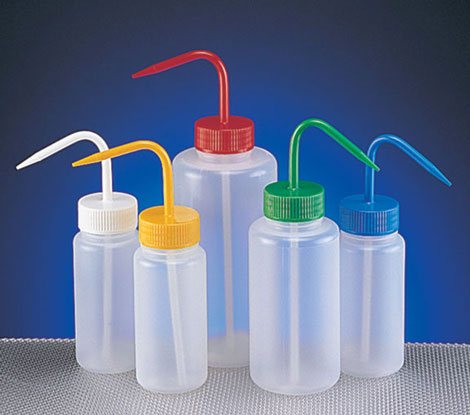
LLDPE
Informations
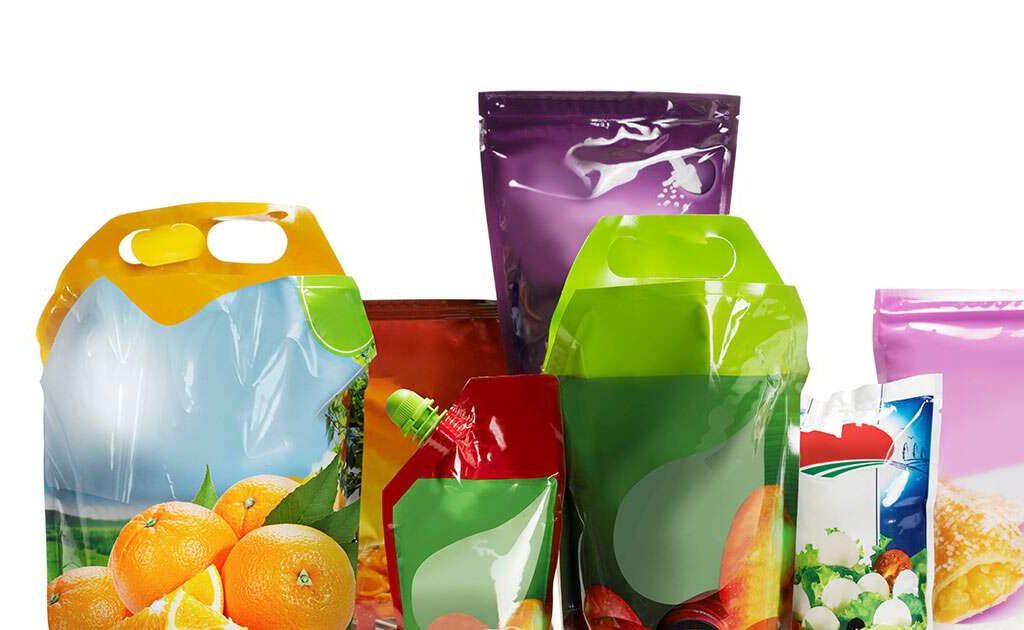
Linear low-density polyethylene (LLDPE) is a substantially linear polymer (polyethylene), with significant numbers of short branches, commonly made by copolymerization of ethylene with longer-chain olefins. In general, LLDPE is produced at lower temperatures and pressures by copolymerization of ethylene and such higher alpha-olefins as butene, hexene, or octane.
Application:
LLDPE has penetrated almost all traditional markets for polyethylene; it is used for plastic bags and sheets (where it allows using lower thickness than comparable LDPE), plastic wrap, stretch wrap, pouches, toys, covers, lids, pipes, buckets and containers, covering of cables, geomembranes, and mainly flexible tubing.
PP
Informations
Polypropylene (PP), also known as polypropene, is a thermoplastic polymer used in a wide variety of applications. It is produced via chain-growth polymerization from the monomer propylene.
Applications:
– Polypropylene is used in the manufacturing of piping systems, both ones concerned with high purity and ones designed for strength and rigidity .
– Polypropylene, highly colorfast, is widely used in manufacturing carpets, rugs and mats to be used at home.
– Polypropylene is widely used in ropes, distinctive because they are light enough to float in water. For equal mass and construction.
– Polypropylene is also used as an alternative to polyvinyl chloride (PVC) as insulation for electrical cables.
– Polypropylene is also used in particular roofing membranes as the waterproofing top layer of single-ply systems as opposed to modified-bit systems.
– Polypropylene is most commonly used for plastic moldings, wherein it is injected into a mold while molten, forming complex shapes at relatively low cost and high volume; examples include bottle tops, bottles, and fittings.

PS
Informations
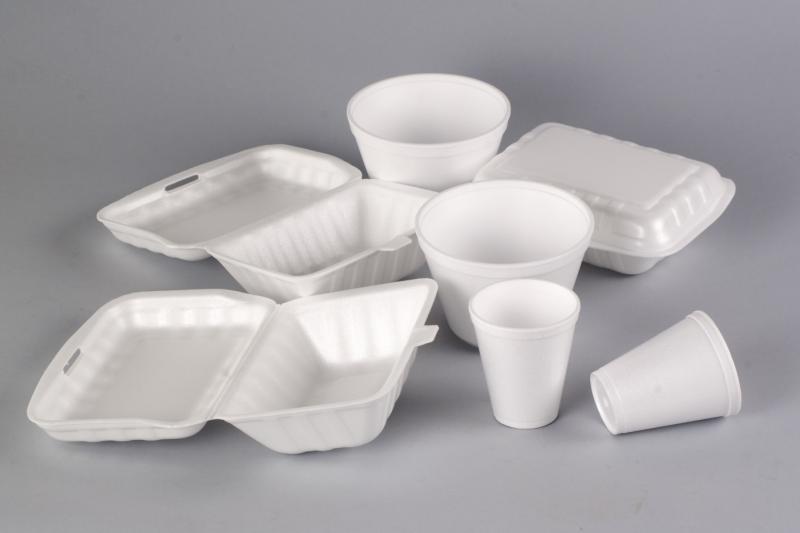
Polystyrene (PS), IUPAC name (Poly(1-phenylethene)), is a synthetic aromatic hydrocarbon polymer made from the monomer known as styrene. Polystyrene can be solid or foamed. General-purpose polystyrene (GPPS) is clear, hard, and brittle. It is an inexpensive resin per unit weight. It is a poor barrier to oxygen and water vapour and has a relatively low melting point. Polystyrene is one of the most widely used plastics.
Application:
Uses include protective packaging (such as packing peanuts and in the jewel cases used for storage of optical discs such as CDs and occasionally DVDs), containers, lids, bottles, trays, tumblers, disposable cutlery, in the making of models, and as an alternative material for phonograph records.
PET
Informations
Polyethylene terephthalate or Polyethylene terephthalate (PET, PETE) is the most common thermoplastic polymer resin of the polyester family and is used in fibres for clothing, containers for liquids and foods, and thermoforming for manufacturing, and in combination with glass fibre for engineering resins.
Application:
Polyester fibres are widely used in the textile industry, Thermoplastic resins, Rigid Packaging, Flexible Packaging, Thermoplastic resins.
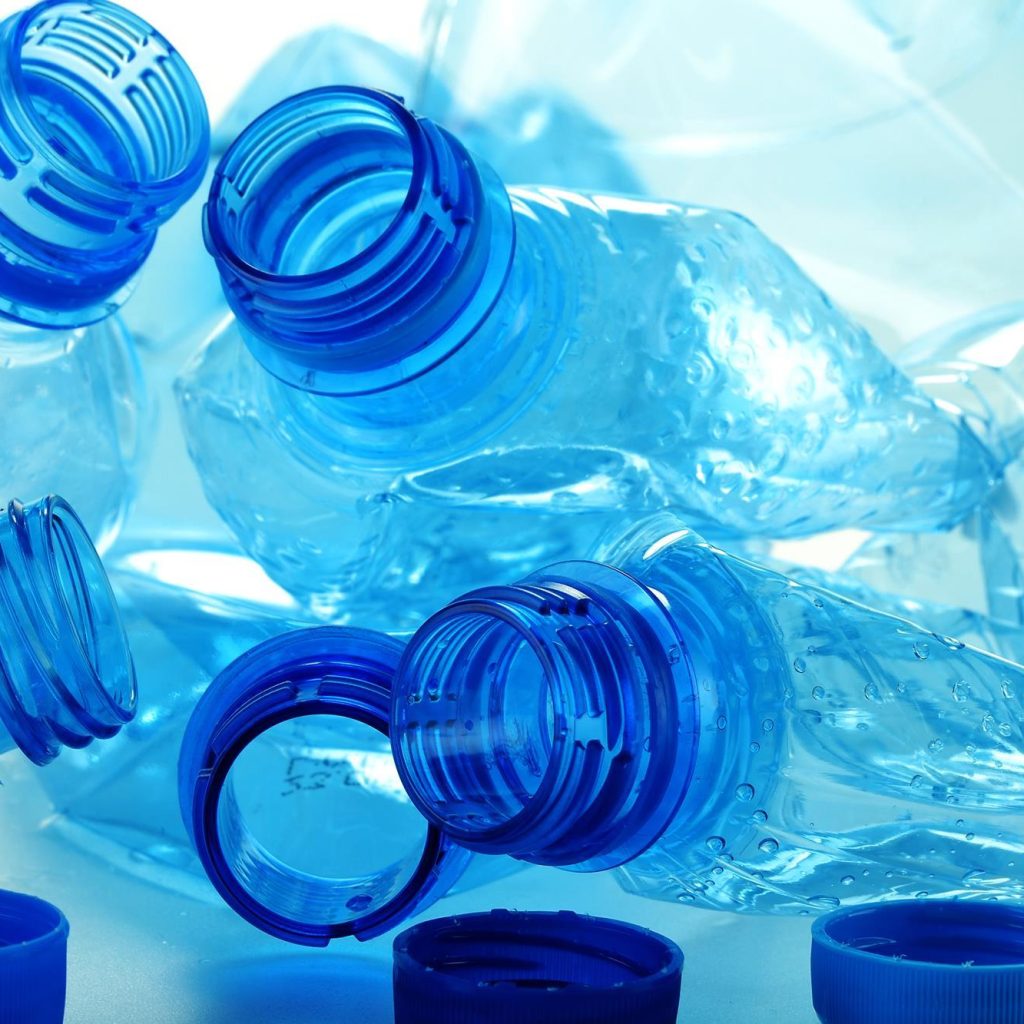
PBR
Informations
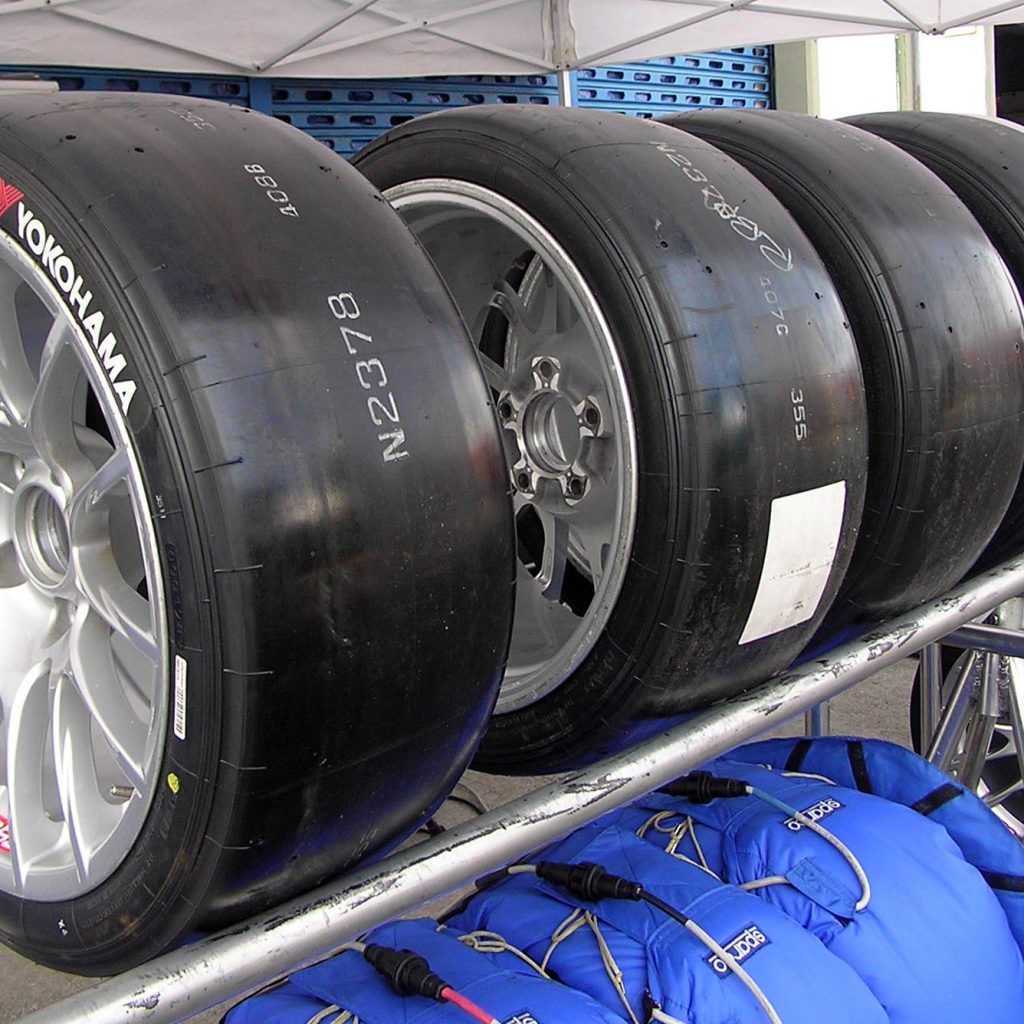
Poly butadiene (butadiene rubber BR) is a synthetic rubber. Poly butadiene rubber is a polymer formed from the polymerization of the monomer 1,3-butadiene. Polybutadiene has a high resistance to wear and is used especially in the manufacture of tires . The IUPAC refers to polybutadiene as poly (buta-1,3-diene).
Applications:
– Polybutadiene is largely used in various parts of automobile tires. About 25% of the produced poly butadiene is used to improve the mechanical properties of plastics.
– Most golf balls are made of an elastic core of poly butadiene surrounded by a layer of a harder material.
– Polybutadiene rubber may be used in the inner tube of hoses for sandblasting, along with natural rubber, to increase resilience. This rubber can also be used in the cover of hoses, mainly pneumatic and water hoses.
– Polybutadiene rubber can also be used in railway pads, bridge blocks, etc.
– Polybutadiene rubber can be blended with nitrile rubber for easy processing. However large use may affect the oil resistance of nitrile rubber.
PVC
Informations
Polyvinyl chloride (colloquial: polyvinyl, or simply vinyl, abbreviated: PVC) is the world’s third-most widely produced synthetic polymer of plastic (after polyethylene and polypropylene). Pure polyvinyl chloride is a white, brittle solid. It is insoluble in alcohol but slightly soluble in tetra hydro furan. PVC comes in two basic forms: rigid (sometimes abbreviated as RPVC) and flexible.
Application:
The rigid form of PVC is used in construction for pipe and in profile applications such as doors and windows. It is also used in making plastic bottles, non-food packaging, food-covering sheets and plastic cards (such as bank or membership cards). It can be made softer and more flexible by the addition of plasticizers, the most widely used being phthalates. In this form, it is also used in plumbing, electrical cable insulation, imitation leather, flooring, signage, phonograph records, inflatable products, and many applications where it replaces rubber. With cotton or linen, it is used in the production of canvas.

SBR
Informations
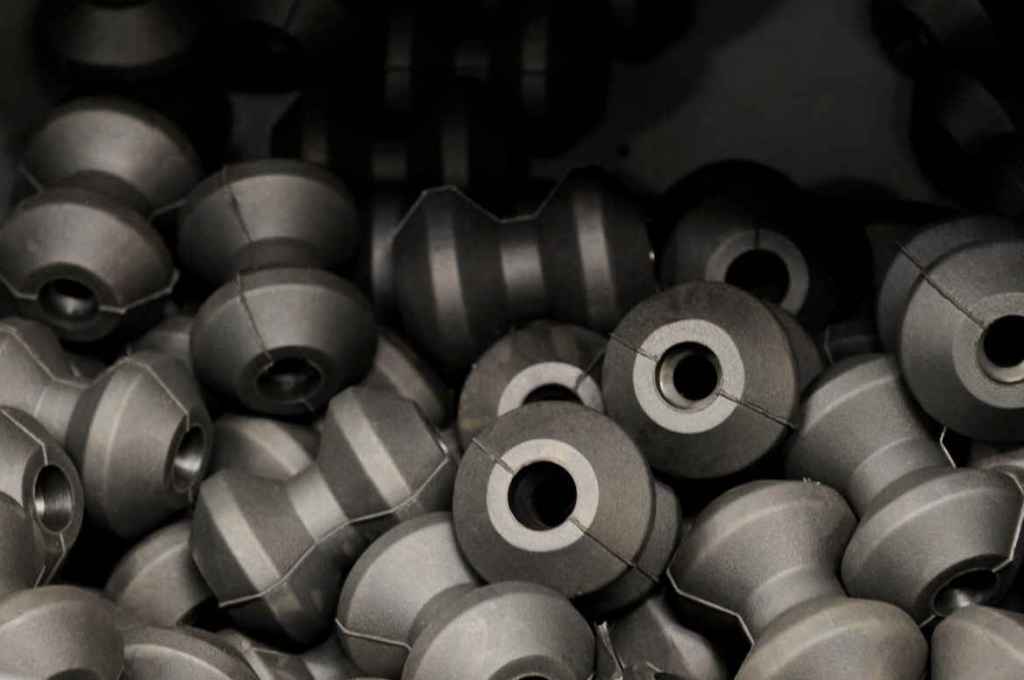
Styrene-butadiene or Styrene-butadiene rubber (SBR) describe families of synthetic rubbers derived from styrene and butadiene. These materials have good abrasion resistance and good aging stability when protected by additives. About 50% of car tires are made from various types of SBR. The styrene/butadiene ratio influences the properties of the polymer: with high styrene content, the rubbers are harder and less rubbery.
Applications:
– Latex (emulsion) SBR is extensively used in coated papers, being one of the cheapest resins to bind pigmented coatings. It is also used in building applications. In the latter application, it offers better durability, reduced shrinkage and increased flexibility, as well as being resistant to emulsification in damp conditions.
– SBR is often used as part of cement based substructural (basement) waterproofing systems where as a liquid it is mixed with water to form the Gauging solution for mixing the powdered Tanking material to a slurry. SBR aids the bond strength, reduces the potential for shrinkage and adds an element of flexibility. It is also used by speaker driver manufacturers as the material for Low Damping Rubber Surrounds. Additionally, it is used in some rubber cutting boards.
ABS
Informations
Acrylonitrile butadiene styrene (ABS) (chemical formula (C8H8)x·(C4H6)y·(C3H3N)z) is a common thermoplastic polymer. Its glass transition temperature is approximately 200 °C (392 °F). ABS is amorphous and therefore has no true melting point.
– ABS is a terpolymer made by polymerizing styrene and acrylonitrile in the presence of polybutadiene. The proportions can vary from 15% to 35% acrylonitrile, 5% to 30% butadiene and 40% to 60% styrene. The result is a long chain of polybutadiene crisscrossed with shorter chains of poly(styrene-co-acrylonitrile).
Applications:
– ABS’s light weight and ability to be injection molded and extruded make it useful in manufacturing products such as drain-waste-vent (DWV) pipe systems. Musical instruments such as recorders, plastic oboes and clarinets, piano movements, and keyboard keycaps are commonly made out of ABS.
– Other uses include golf club heads, automotive trim components, automotive bumper bars, binoculars, inhalers, monocolars, nebulizers, non-absorbable sutures, tendon prostheses, drug-delivery systems tracheal tubes, enclosures for electrical and electronic assemblies (such as computer cases), protective headgear, whitewater canoes, buffer edging for furniture and joinery panels, luggage and protective carrying cases, pen housing, and small kitchen appliances.
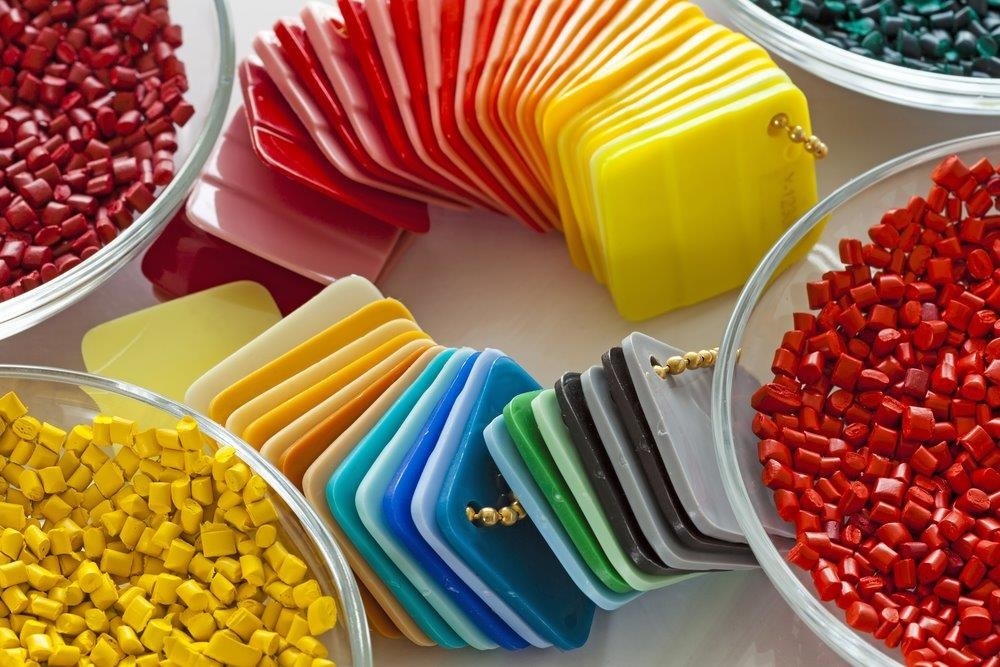
Tidots
Mettmaner str. 119 - 40882 Ratingen, Germany
+49-162-4195257
Quick Links
Newsletter
Get in touch about our new services, products and events


